Sandy Abraham and Dianne Kerr are reluctant soldiers.
At 74 and 73 years old respectively, they planned to spend their golden years skiing, hiking, and biking in the small southern B.C. city of Kamloops, but instead, found themselves marching off to war against a corporate opponent they never saw coming: KGHM Ajax Mining Inc. The company is a subsidiary of KGHM Polska Miedź, one of the largest producers of copper and silver in the world.
The mining and metallurgy parent company is based in Lubin, Poland, but in B.C., the company developing the mine has an office in Vancouver and a website that gives it a decidedly Canadian look.
Since 2011, the women have pored over air quality monitoring results, learned the particulars of dust particulates, and produced a 30-minute advocacy film against the Ajax mine, an open gold and copper pit project proposed less than two kilometres away from their city of 90,000 people.
They’re as determined to keep the area’s resources in the ground as a giant mining corporation is determined to take them.
“If the mine is approved I will not be living here,” said Kerr, a former Kamloops city councillor. “I will move even after 49 years here, having contributed a lot of myself to developing the community.”
Both Kerr and Abraham are former management development consultants for the mining industry, and know a bad project when they see one. Today, they help co-ordinate a small army of academics, scientists, physicians, residents, and environmental organizations unequivocally to the opposed Ajax Mine, which is currently under federal and provincial review.
They're dead set against allowing an international mining conglomerate to turn the City of Kamloops into what they call a “sacrificial lamb” in an experiment to see how close a mine can be built to a city before it poisons the residents.
“This community will be collateral damage [if we don't stop this],” said Kerr. “It is expedient to sacrifice the people who live here for what Premier Christy Clark and the provincial government have articulated as priorities for mining projects, regardless of where they are, how close they are to people, and the risks they pose."
Too big, too close, too much will 'essentially die'
I visited Kamloops on a beautiful, sunny weekend in April. In town, children built sand castles by the shores of the sparkling Thompson River and worked lemonade stands at the end of their driveways.
Just south of the city at Jacko Lake, recreational fishermen snoozed lazily in their boats, hoping for a nibble at the end of their lines, while cattle grazed on flowered hills of grassland and sagebrush.
But all of this could be changing forever.
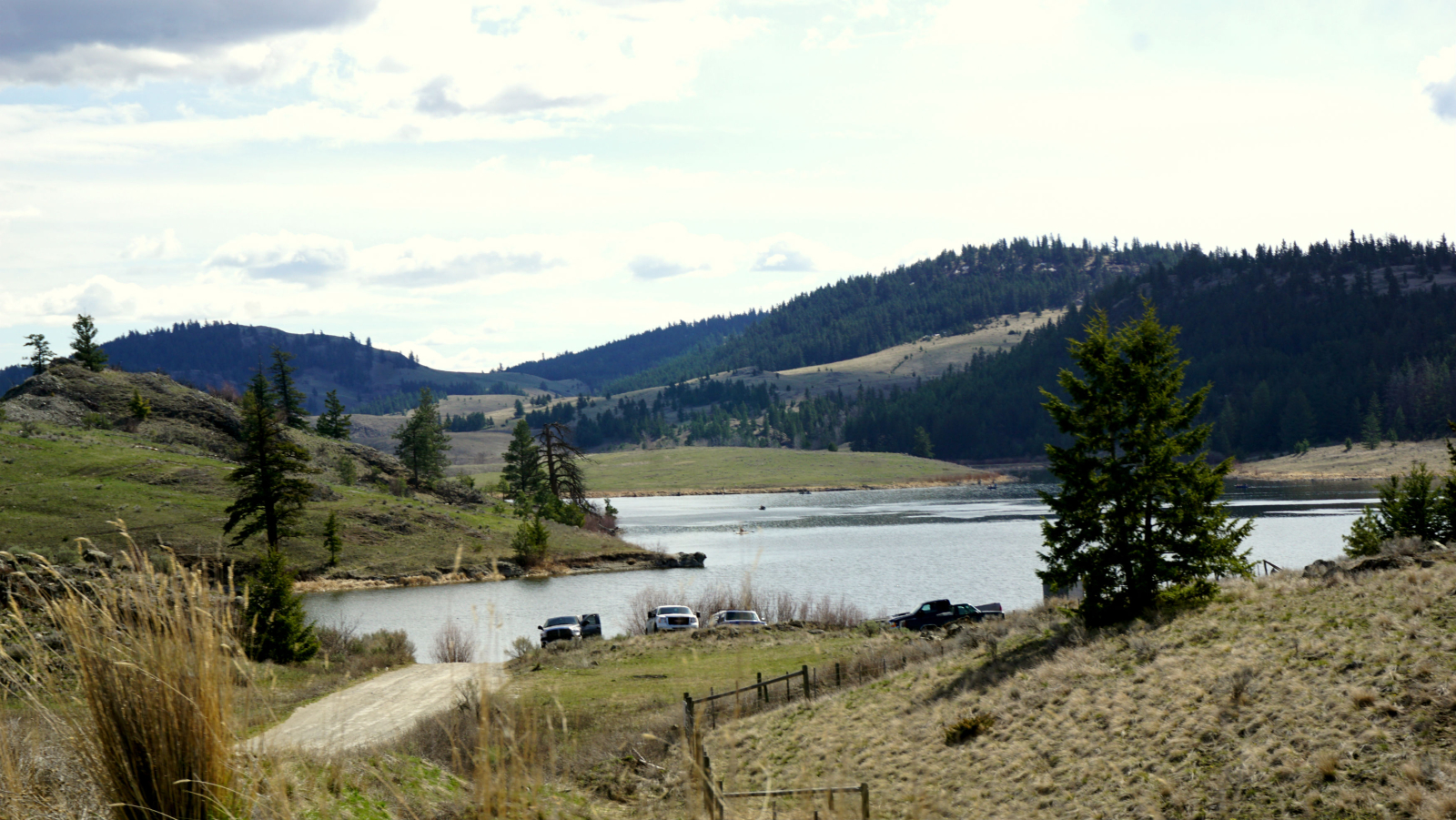
The Jacko Lake parking lot, southwest of Kamloops, is full of recreationalists on a sunny Saturday in April 2016. Photo by Elizabeth McSheffrey.
Jacko Lake — one of the best fly-fishing lakes in B.C. — is located right next to the proposed Ajax mine site and according to retired miner Tony Brumell, will “essentially die” if the mine is built.
KGHM Ajax Mining Inc. wants to remove water from the lake, he explained, route it around the mine site and divert it into a new Peterson Creek downstream. It would permanently destroy the northeastern arm of Jacko Lake, and the mine’s tailings pond, slated to be built on the nearby Goose Lake, would destroy that body of water as well.
The Kamloops Area Preservation Association (KAPA) has counted more than 15 threatened, endangered, or species of special concern living on the 2,500-hectare mine site, and according to its consultants, the entire project exposes Kamloops to risk of a toxic flood through the Peterson Creek watershed. This flood would make its way into the Thompson River, part of the migratory route for the famous Adams River sockeye salmon run, and the very same beach where Kamloops children build their sand castles.
“The First Nations are the ones who are going to save this area as far as I’m concerned,” said Brumell, standing among the wetlands. “This project is, to use our own mining pet phrase, too big and too close.”
Unceded traditional territory
The mine site is located on the traditional territories of the Tk’emlups and Skeetchestn Indian bands. Together, the bands filed a land title case to the B.C. Supreme Court last September for unceded territory privately purchased for the Ajax mine.
They were not available to comment in time for publication of this story. But Brumell said that they fight not only to protect their natural and cultural resources (Jacko Lake is the sacred site of their historic Trout Children Story), but they are struggling also to protect the life and lungs of Kamloops. Within six kilometres downwind of the Ajax mine site are eight elementary schools, four high schools, four seniors’ care homes, one hospital, and one university.
And Pacific Way Elementary School, home to roughly 300 students, is less than 2.2 kilometres away from the proposed mine site.
Kamloops Moms for Clean Air spokesperson Gina Morris has heard enough about the Ajax mine, proposed for construction near a handful of elementary schools. Video by Elizabeth McSheffrey.
Upon construction, the Ajax open pit would be at least 2.5 kilometres long, one kilometre wide and 500 metres deep, generating massive volumes of waste rock, toxic tailings, acid, mercury, and dangerous lung-permeating dust particles each and every day.
If you want to know what that does to a community, said Abraham and Kerr, look no further than the small town of Malartic, Que., where a massive open pit mine has operated since 2011 less than 700 metres away from the nearest residence.
This letter from Malartic resident Diane Gagnon was presented to Kamloops City Council in March with a warning: “I hope you will not make the same mistake.”
A “silent killer”
Dr. Jill Calder of the Royal Inland Hospital in Kamloops tried to measure her words carefully while talking about the Ajax mine. As a doctor, she told me, she has been taught that emotion negates the impartiality of her science, but in this case, she let some colourful language slip. If the mine is built, she said, it would be fair to call it a “killer.”
“We’re not funded to do proactive population study to prove what this mine will do to us,” she said on behalf of the Kamloops Physicians for a Healthy Environment (KPHE). “We will be basically guinea pigs who didn’t consent to the study.”
During peak operation, the $1.3-billion Ajax project would include seepage collection ponds, 18 kilometres of pipeline, and various facilities for ore processing, water management, tailings and rock storage. The semi-arid conditions, wind and water patterns of the region put Kamloops directly at risk of leaked contaminants, said Calder, and a whole slew of health complications that come with increased air pollution.
The primary concern of KPHE is a dust particle called PM 2.5, a “silent killer” that seeps deep into the lungs, and is proven to increase morbidity in communities with long-term exposure.
The group's apprehension is echoed by Dr. Peter Barss, a former Interior Health Authority (IHA) medical officer, who called the Ajax mine a “toxic waste dump,” at a Kamloops City Council meeting late last month. After reviewing the project, he not only decided it would pose serious health risks to Kamloops residents, but questioned the very science that KGHM Ajax Mining Inc. presented to government environmental assessment offices in its 18,000-page application.
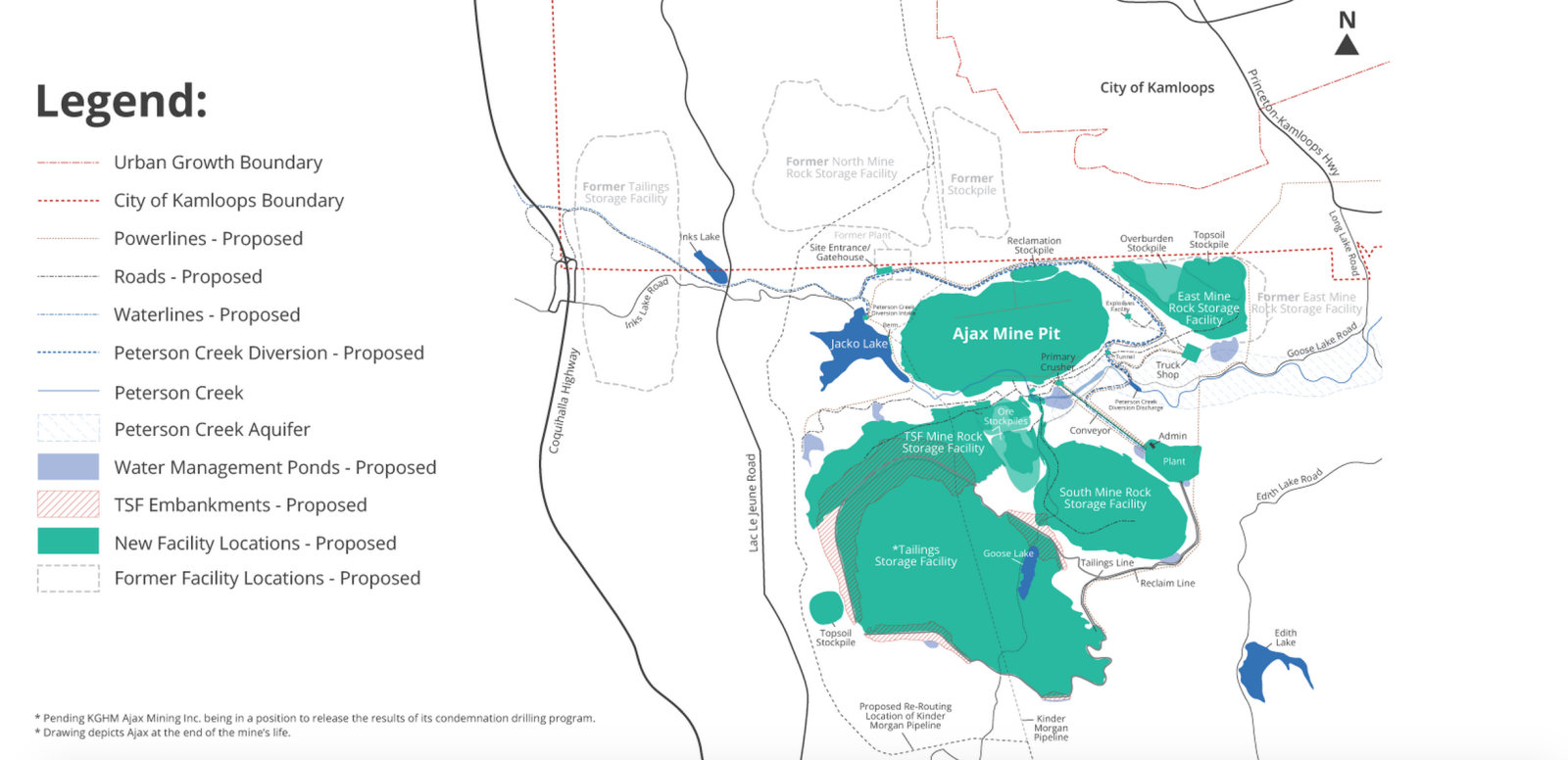
Questionable science
In fact, doubts about the corporation’s research have been widely circulated for years among academics, scientists and independent consultants, including geoscientist Kevin Morin, air quality expert Douw Steyn, and the Interior Health Authority itself.
The IHA called the company’s promise to mitigate 90 per cent of the dust from its operations an “extremely optimistic level not likely to be obtained,” and beyond the IHA, words like “inconsistent,” “absent of scientific justification,” and “very weak measurement” have been used to describe the corporation’s risk assessments for items like toxic reference values, arsenic in water, and possibility of cancer.
“There hasn’t been enough geotechnical work done," said Kerr, sitting on the couch next to Abraham. "The Ajax test drill holes are too far apart and could miss clay seams capable of causing a slope or dam failure.
“We don’t want another Mount Polley, and in many ways I think we’re replicating the same situation that created the disaster there.”
In August 2014, Imperial Metals’ Mount Polley dam released more than 24 billion litres of water and contaminated slurry into waterways and communities in southern B.C. in one of the biggest environmental disasters in modern Canadian history. While KGHM Ajax has proposed a series of buttresses to prevent such a catastrophe, the corporation’s environmental record is far from squeaky clean.
A bad neighbour
The mining industry has been good to heavy equipment mechanic Richard Boyce.
He has a home in Kamloops, coveted property by the famous Shuswap Lake, and an accessorized camper that takes him across the country for hunting trips. He retired after 42 years in the business and 21 years representing Highland Valley Copper miners as president of the Steelworkers Local 7619.
“It’s short-term gain for long-term pain for this community,” he said, sipping a beer near his home only a few kilometres away from the Ajax mine site.
“To be honest, the government should be stepping in with blanket legislation that says you can’t have mining within x number of kilometres of a city, and it should be a minimum of 20 kilometres.”
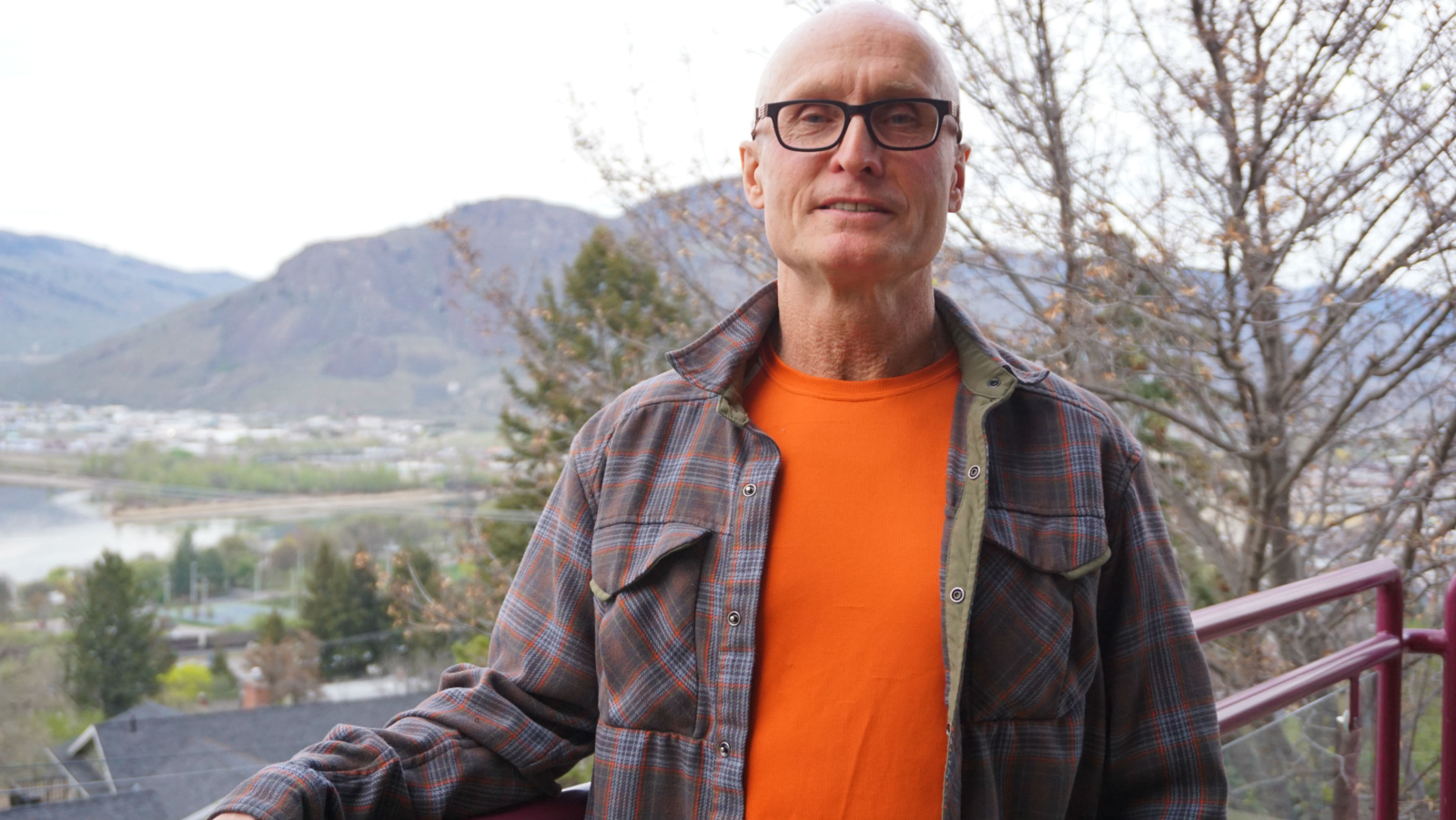
Boyce has never publicly criticized a mine before Ajax, and wondered if the project’s supporters understand who will be setting up shop in their backyards. If approved by provincial and federal governments, the mine will be operated by KGHM International, a subsidiary of a controversial mining corporation in Poland called KGHM Polska Miedz.
KGHM Polska Miedz faces more than $35 million in fines from the Chilean government for environmental infractions at a mine southwest of Calama, and has been named the worst carbon polluter among 300 of Europe’s largest companies. It’s smaller local protégé — KGHM Ajax Mining Inc. — hasn’t exactly been reliable either, Kamloops City Councillor Donovan Cavers.
“The first public statement they made was that the mine was 10 kilometres away from the city, which is the driving distance,” Cavers explained. “The actual distance from the nearest school to the mine pit is less than three kilometres, so basically the first thing told to the community was misleading at best and a lie at worst.”
Since then, KGHM Ajax has also backed out of negotiations with city council on a community benefit agreement to include a cut of revenue from the mine, citing city council’s opposition to the project as a primary excuse. City council however, has yet to take an official position on the mine and will vote on it later in May, said Cavers.
Following public backlash, the company resumed conversation with city council, and offered an alternative reason for walking away in the first place.
Support for the Ajax mine
Since the start of the entire Ajax debacle, Sandy Abraham and Dianne Kerr have been called propagandists, a “local consortium,” “fanatically opponents,” and masters of “fear, ignorance, faulty logic, conjecture and distortion” for their work opposing the Ajax mine.
They have lost treasured friends due to the polarity of the subject, but remain steadfast in what they call a “David and Goliath” fight to keep Kamloops safe from harm.
“This community — we’re collateral damage,” said Kerr. “The cards have been stacked against us. We’re not only fighting the company over the risks that their project will provide for us, but we’re also fighting the process.”

Despite all their research, effort and unyielding passion however, thousands of Kamloops residents support the mine for the economic benefits they believe it will bring to a city where the unemployment rate stands at roughly 10 per cent. If approved, the Ajax project will create 500 full-time positions over 23 years, 1,800 temporary jobs during construction, and an estimated two to three spin-off jobs in other industries. It currently employs 55 full-time staff in Kamloops and is expected to generate roughly $60 million in annual payroll.
In fact, the major difference between those who oppose the mine and those who support the mine appears to be whether they have faith in the environmental assessment process. No one I interviewed who said they supported the mine said they would still support it without a government stamp of environmental approval:
“British Columbia is a world leader on its environmental standards for resource development and industry, so I don’t think the government would put it at risk,” said Steve Earl, a board member of the Kamloops Chamber of Commerce.
“In many ways, there won’t be a mine that will face more scrutiny than Ajax, being as close to a major centre as it is.”
Mines have been turned down in the past for failing to meet stringent requirements and an email statement from the B.C. Ministry of Environment to National Observer confirmed that if the proponent is issued a certificate, it will come with “legally-binding conditions” for its 23-year lifespan.
But opponents of the project still don’t buy it.
Massive donations from KGHM Ajax to BC Liberals
In 2011, B.C. Premier Christy Clark committed to building eight new mines by 2015. She has successfully opened five since then, expanded the budget of the Ministry of Mines and Energy by millions, extended the life of a share tax credit program for investors in mining exploration, and voiced support for opening 10 new mines in the next few years.
Two new operations are scheduled to start by 2017, and according to Elections BC, KGHM Ajax Mining Inc. has filed more than $54,000 in donations to the BC Liberals since 2013.
“We know what their agenda is,” said Helen Newmarch of the Aberdeen Neighbourhood Association, whose home sits on unstable, sloped ground near the mine site, and could very well be damaged by blasting vibrations. “It’s more important for her to open mines than to look at the impact on the people living next to it.”
But Carrie King, administrator of the Support Ajax Mine Facebook page liked by nearly 7,000 users, admonished such skepticism, urged members of the public to trust the system, and take the “science” of Ajax opponents with a grain of salt. Their research was hastily assembled on a budget, she said, they don’t depend on industry for work, and are more free than most to voice opposition to new development.
Carrie King, administrator of the Support Ajax Mine Facebook page wants the Kamloops to wait for completion of the environmental assessment process before judging the Ajax mine proposal. Video by Elizabeth McSheffrey.
The luxury of refusal
“The guy in the middle and the guy below the middle doesn’t have the luxury of saying ‘no,’” she told me from the food court of the Aberdeen Mall in Kamloops. “When Highland Valley mine closes and it will, when New Gold mine closes and it will, what shores up Kamloops?”
The city is already located within 80 kilometres of these two mines, said King, who has happily lived next to one of them without disturbance from noise and dust. If the project is issued an environmental certificate indicating the Ajax mine can operate safely, she said Kamloops can’t afford to blow it off.
“Our group is more about having a chance to bring something to Kamloops that’s going to fill in the coffers that we’re missing,” she insisted. “This isn’t just about Ajax for most of us, that just happens to be the company on the table willing to come to Kamloops.”
Her position is backed by the Kamloops Chamber of Commerce, B.C.’s Independent Contractors and Business Association, and a number of smaller companies throughout the city whose support goes hand in hand with an environmental certificate from governments.
Besides, said an ex-Ajax employee, the mine won’t be the “huge general behemoth” everyone has painted it out to be.
Misconceptions of science
Robert Maciak no longer works for KGHM Ajax Mining Inc., but as a former environmental scientist for the corporation, he understands why people are concerned about an open pit mine so close to home.
He said many of these apprehensions are based on misconceptions of how mines are constructed, however. There won’t be a giant monster mine with blasting, dust and haul trucks every day for the 23-year life of the project, with a footprint exceeding 2,000 hectares.
“In reality, it’s built up over time and as some areas are no longer required, they’re reclaimed,” he told National Observer. “It’s not like you have activity over the entire footprint of the mine over the entire life of the mine.”
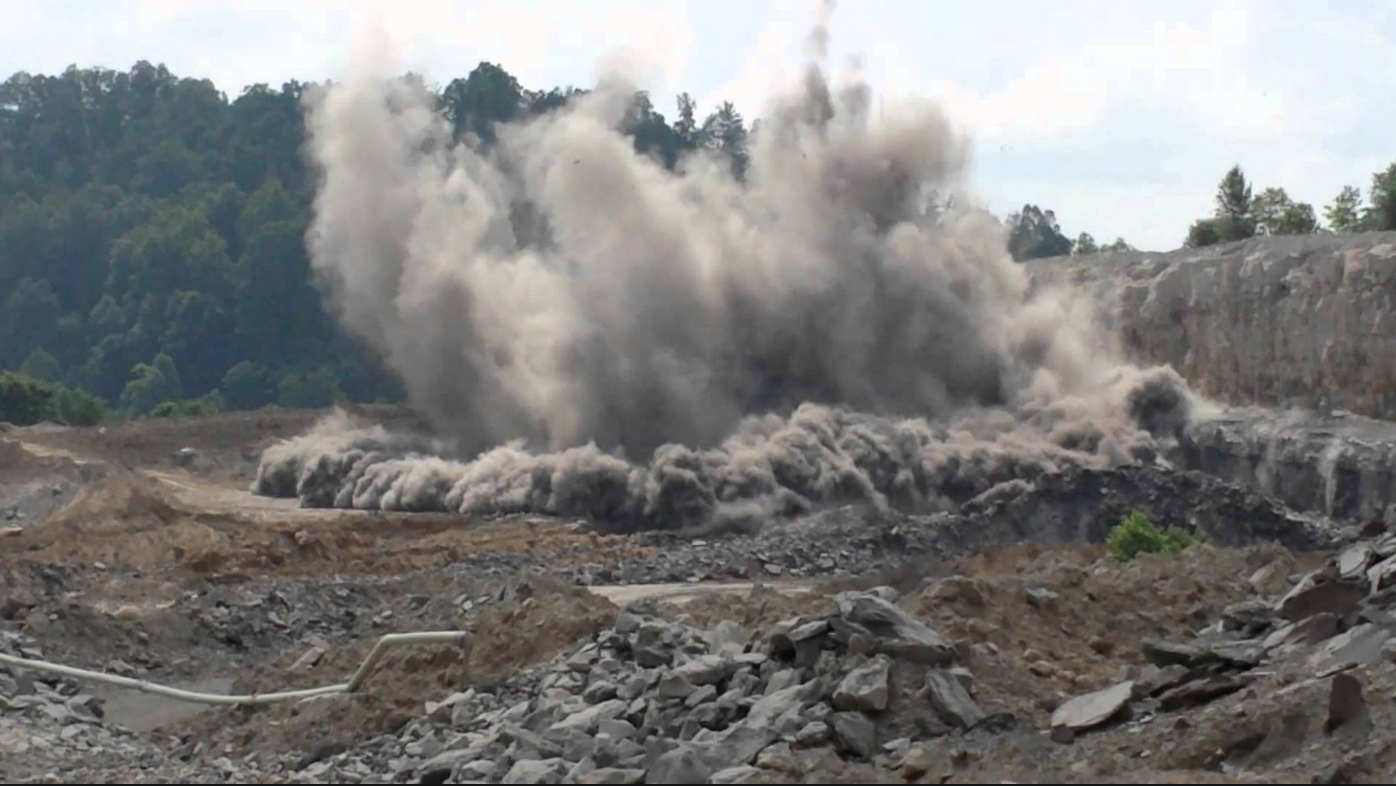
KGHM Ajax has also made several adjustments to its plans to reflect community concerns, he said, including moving its infrastructure further away from the city. Plans to mitigate the impacts of dust, noise, and vibrations include high-precision, computer-controlled blasting techniques, applying binding agents to roads and waste rock piles, enclosing crushing facilities, and more.
“KGHM Ajax is proposing an industrial project that will provide significant economic benefit for local, provincial and federal governments, residents of Kamloops and First Nations,” said its senior communications strategist, Robert Koopmans in an email statement.
“We are following to the letter (and beyond) all of the strict regulatory requirements of both provincial and federal environmental assessment and permitting processes.”
It all sounds good on paper, said Abraham and Kerr, but neither of them are willing to wait to find out if it’s good in reality. They’re leaving Kamloops as soon as they find a place near their children and grandchildren on Vancouver Island.
Exodus from Kamloops
There is a certain kind of rustic charm attached to Kamloops, I found.
Despite being the bustling ‘Tournament Capital of Canada’ where thousands of athletes compete and train annually, the place still feels somewhat quiet and isolated. Hidden by rugged mountains and rolling grasslands, it’s the kind of community that fundraises to have a local symphony and sends neighbours over with shepherd’s pie when someone down the street is sick.
Kerr and Abraham are certain the conflict of the Ajax mine will change the character of Kamloops forever. The project has already become the elephant in the room in any normal conversation with friends.
“I think there will be changes to the social fabric in the community,” said Kerr. “I’ll be leaving with a lot of regret. I’ll be leaving friends, a home that I love, property that I love, a view that I love — but it is not going to be the kind of community that I want to live in anymore.”
“We’re both very sad,” added Abraham, “but we can’t stay in that sadness forever. We have to get away.”
At least 30 Kamloops doctors have committed to joining them in their flight (exacerbating the city’s shortage) along with many other opponents of the mine. Beneath the sadness, they say, is a constantly boiling anger.
“I find it almost impossible to believe that a community can be steam rolled like this,” said Kerr, bordering on tears. “The community really has no official say in whether this thing goes ahead or not, and yet it will be the single most determining factor in the future of our community.”
The final decision on the Ajax mine rests with the provincial and federal governments, whose environmental assessment offices are expected to release a verdict sometime in the fall.
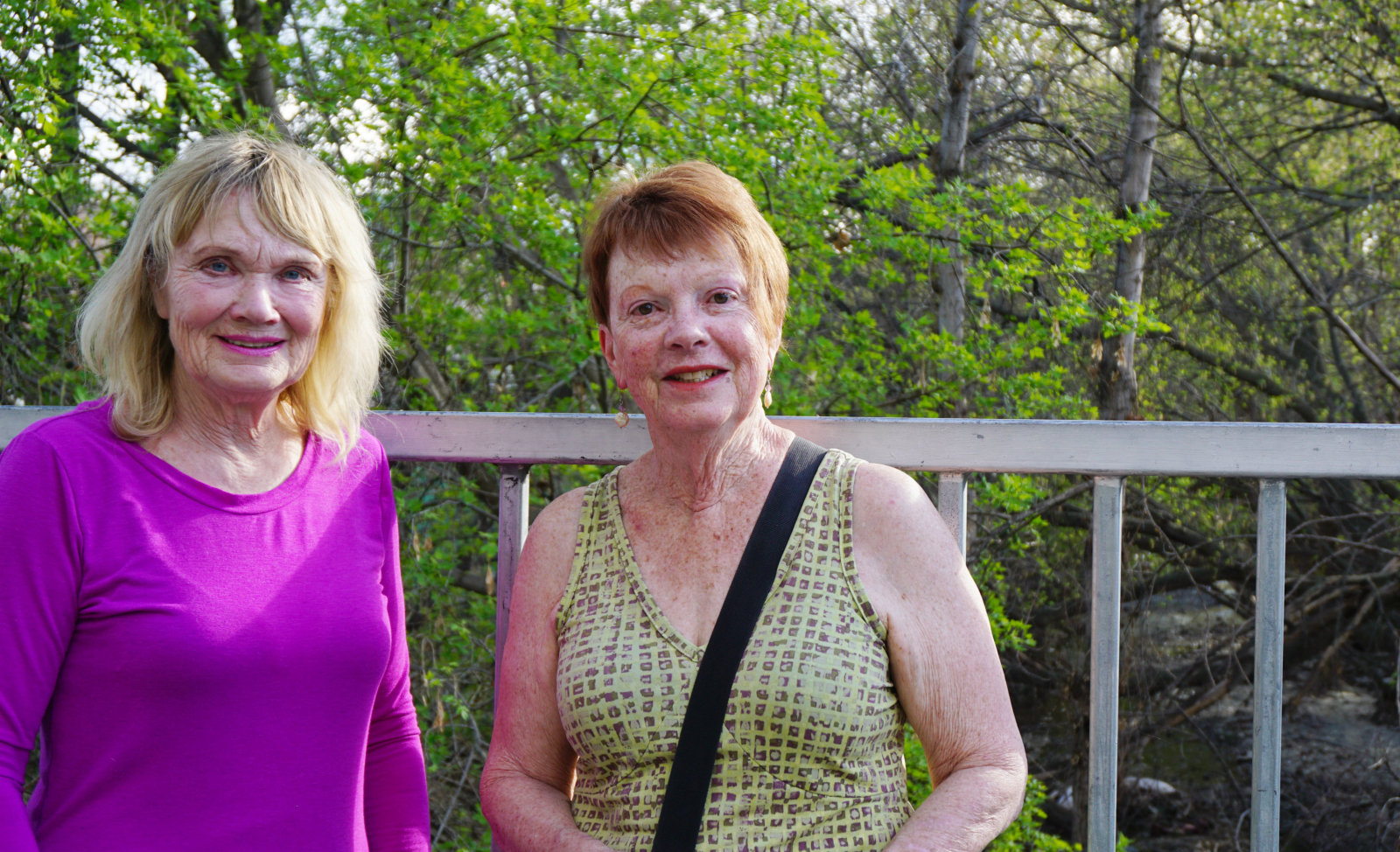
Suits Harvey And Donna
Suits Harvey And Donna
Gain knowledge from the uplines in your mlm company, specially the effective versions. They already have went in your shoes and have appear ahead of time. They can be a priceless resource from which to understand the ins an outs in the organization. Ask questions and talk about problems to get a highly effective sales rep and recruiter.
Hcg Preço Exame
When your experience is about the long part, you can make the effect appear less severe, simply by using some well-positioned lotion blush. Opt for a dim increased or brick tone, then make use of your hands to utilize the color only in the apples of your cheeks do not lengthen the hue prior this aspect, as it might actually make your skin appear, more slim.
Anavar Nakuur
When you previously very own charming amber jewelry, in no way immerse amber in cleansers or maybe in a plating bathtub since it can process compounds for example acids, alcoholic beverages or fuel. This may damage the translucency in the gemstone. Also, try to keep amber far from brilliant gentle or perhaps a hot surroundings.
Væksthormon-Hvornår




Comments